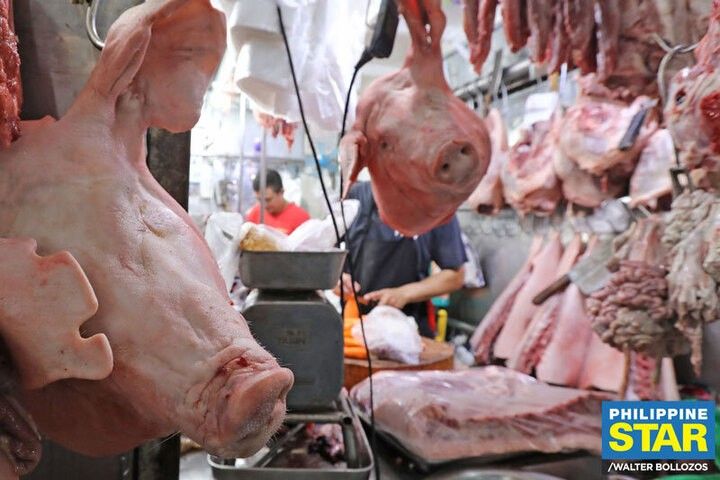Robust demand to push pork prices higher in 2025

MANILA, Philippines — Filipino consumers could face higher pork prices next year as stronger demand would continue to outpace total supply despite a slight rebound in domestic output and stronger imports, an international agency said.
The US Department of Agriculture – Foreign Agricultural Service (USDA-FAS) in Manila projected that local pork prices would continue to rise, driven by stronger demand on the back of population growth and economic expansion.
The USDA-FAS Manila said the double-digit rate increase in pork prices on an annual basis indicates that the country’s total supply falls short in meeting its overall demand.
“Recent pork kasim (shoulder) and liempo (belly) prices in the Metro Manila market are nearly 18 and 10 percent higher, respectively, than the same week in 2023, indicating that market is not oversupplied,” it said in its livestock report published recently.
The international agency added that local farmgate prices for live hogs have increased this year due to higher feed costs. Export prices of major pork exporters in the world have also grown this year, it noted.
“However, imported pork remains cheaper compared to domestically produced, despite higher export prices from major exporters,” the USDA-FAS Manila said.
Pork export prices from global players such as Europe, Canada and the United States ranged from $2,600 per metric ton (MT) to $3,400 per MT ($2.6 per kilogram to $3.4 per kilogram) in the second quarter.
Brazilian pork exports, meanwhile, averaged $2,300 per MT ($2.3 per kilogram) in the previous quarter, according to the report.
The country’s total pork consumption next year is projected to grow by two percent to 1.58 million MT from this year’s 1.55 million MT, the USDA-FAS Manila said.
To meet its consumption requirement, the country is projected to import a record volume of 510,000 MT next year, about 6.25 percent over this year’s estimated imports of 480,000 MT, the report added.
The international agency sees local pork production growing to 1.06 million MT, some 20,000 MT more than this year’s 1.04 million MT projected output. The increase in domestic output would be driven by declining feed costs.
The international agency cautioned that the recent resurgence of African swine fever (ASF) cases in some producing areas in the country would limit pork production next year. ASF is a fatal hog disease but does not affect humans.
- Latest
- Trending




























